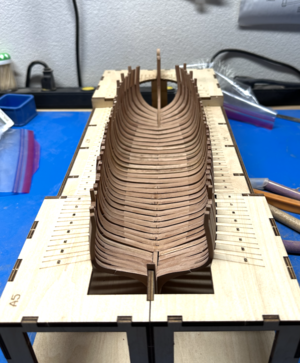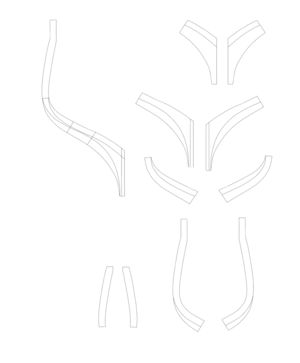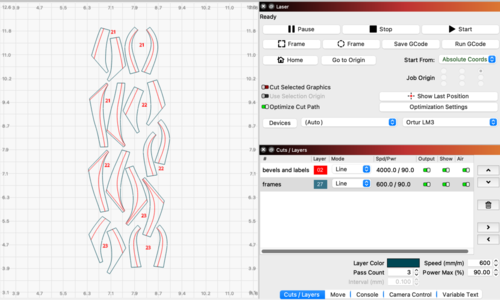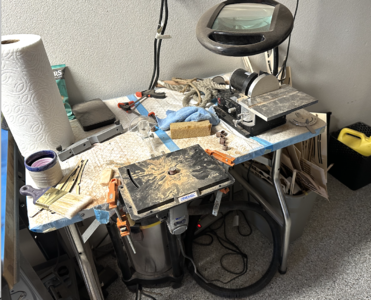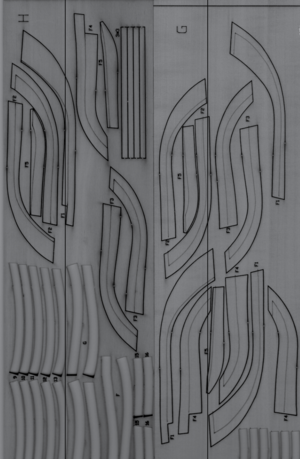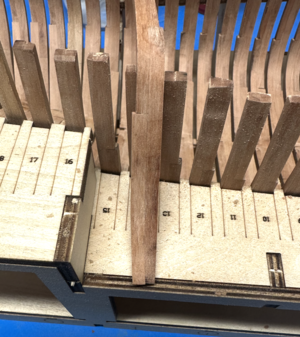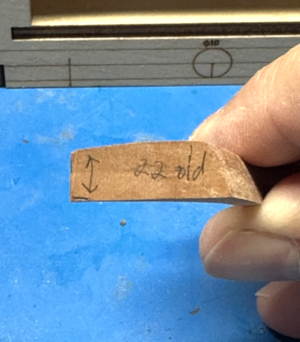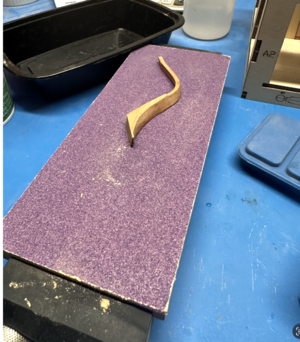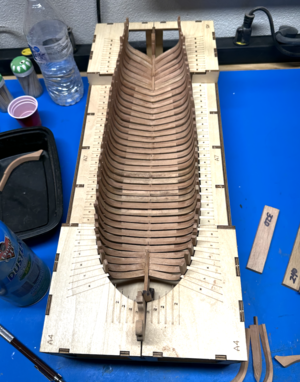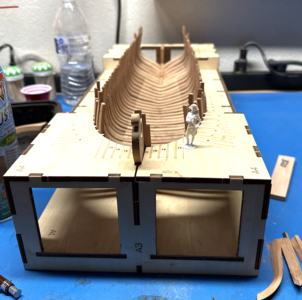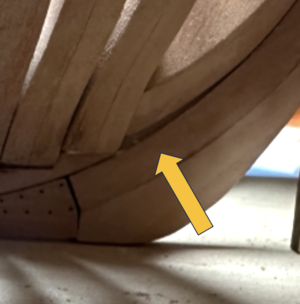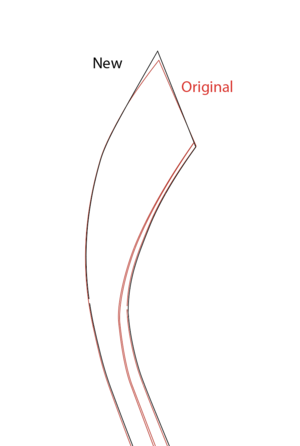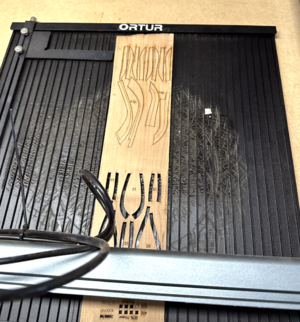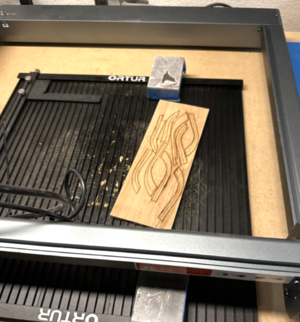Hi Peter,
I like Titebond Quick & Thick too. It's still PVA but sets faster. You can use Aleene's Tacky Glue as well, but I think the formulation is similar to the Quick & Thick. I like the shorter working time of these glues (~2-3 minutes) and the close to full strength bond (~1hr) but it really seems to be best to set up overnight for sanding the joints. Even with the overnight drying time, the glue seems to be a little gummy. It's worth removing any excess glue before sanding edges. Regular Titebond (white) or even Elmer's white glue is good for longer working time.
For removal, your best bet is isopropanol. The chemistry is specific to PVA. You can use 70% isopropanol (rubbing alcohol) for joints that are still a little wet, 100% for those that are set, or mixtures to suit yourself. Both 70% and 100% are super cheap and deliverable by mail/package. David Antscherl recommends soaking the part with the joint in 100% isopropanol, putting it in a ziploc, and letting it sit overnight. Obviously you can't put a keel with assembled frames into a ziploc so I just slather on the isopropanol with a brush every few minutes, scraping away any excess along the side. Most joints are a little cold welded if you formed them right so it might take a little twist. Sometimes I slide a sharp scalpel into the joint, being careful not to mar it in any way, and get the job started. Be patient and it will come out nicely. It's also a nice solvent to soften glue enough to scrape cleanly.
For a good discussion on adhesives, check this out. Everyone has their favorites. One factor to consider is the de-bonding solvent and fumes.
As a novice and building the POF Bluenose, I was wondering what glues are best applied where? I've seen folks using the white pva and also the cyanoacrylate with the crazy long and curved nozzles. Assuming these are used for certain apps on the model? Any info would be much appreciated...
shipsofscale.com
Just to be a nerdy chemist, I drew reactions and solvents for it.
Thanks,
Glenn
